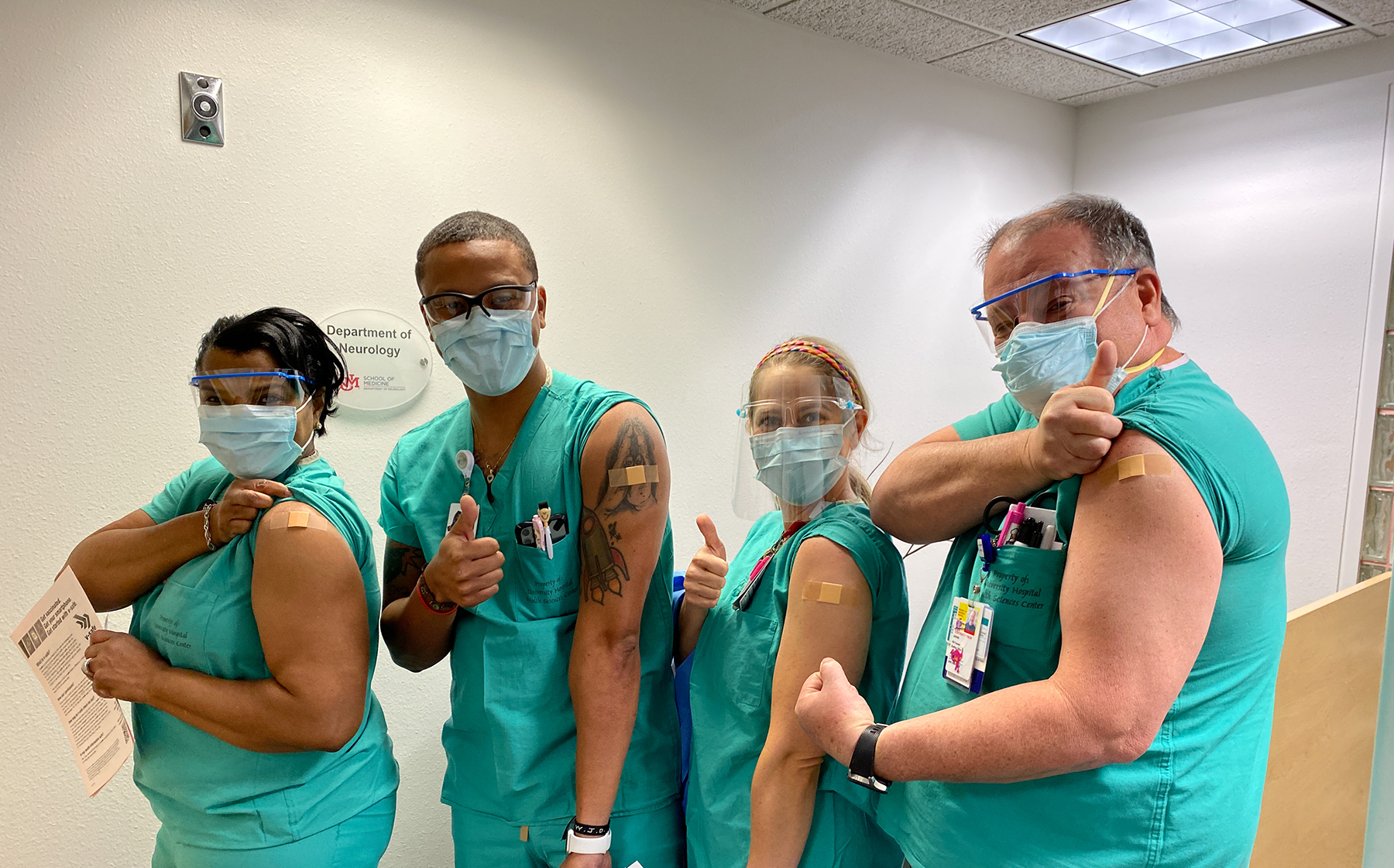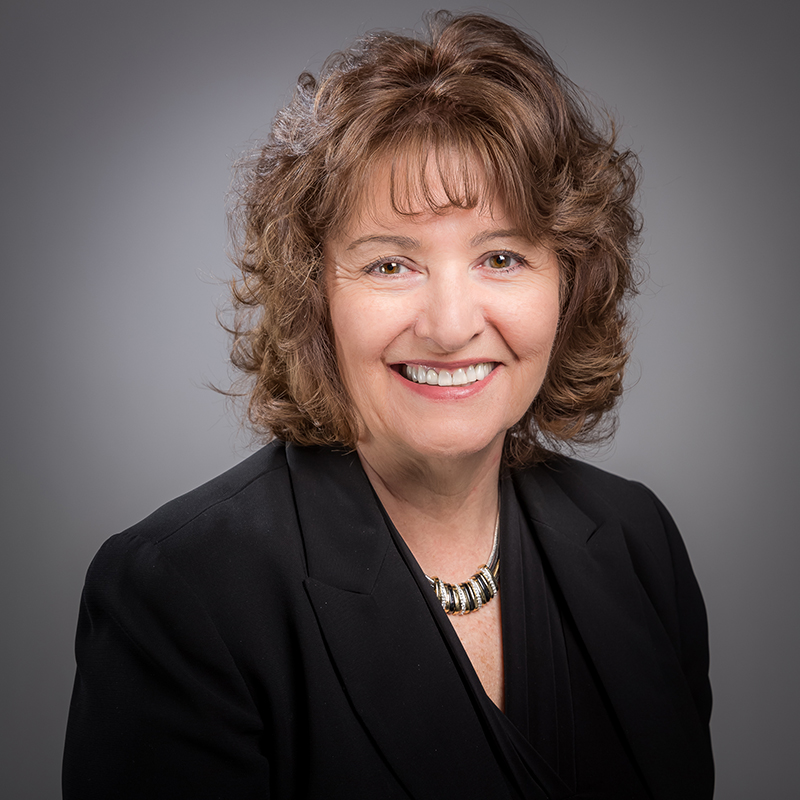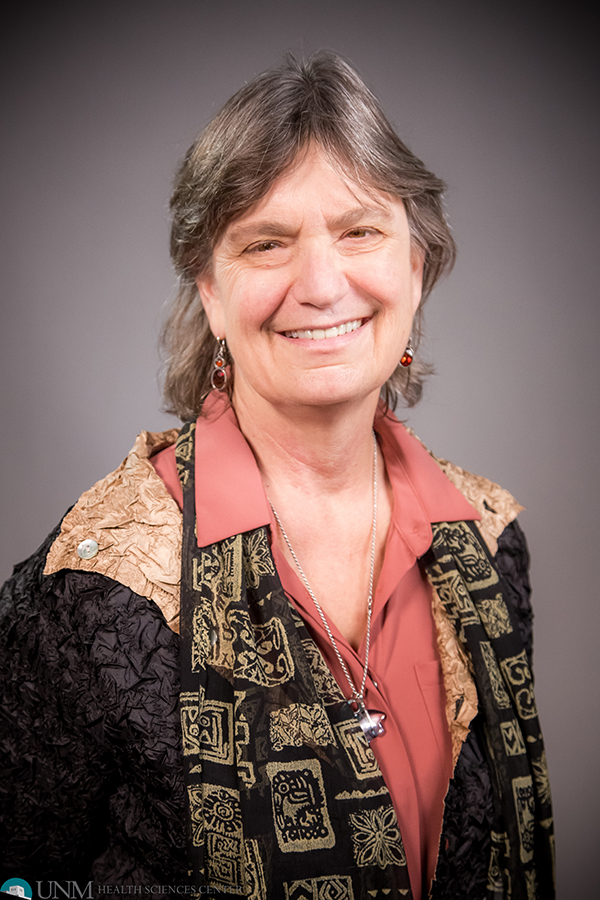Preparing for Disaster: UNM Hospital Participates in Region-Wide Emergency Training

CEAL the Deal
UNM Health Sciences Team Joins National Study of COVID Vaccine Hesitancy
A trio of UNM Health Sciences researchers has been awarded $1.4 million in federal funding to explore why so many New Mexicans are hesitant to receive COVID-19 vaccinations.
The one-year Community Engagement Alliance (CEAL) Against COVID-19 Disparities grant from the National Institutes of Health is part of a national effort to understand and overcome the barriers that keep people from getting vaccinated in hopes of stopping the coronavirus pandemic.
“Our goal is to make as much impact as we can in one year,” said Lisa Cacari Stone, PhD, professor in the UNM College of Population Health and director of the Transdisciplinary Research, Equity and Engagement (TREE) Center. “We’re going to look at the hesitancy and take a deeper dive to understand the structural systems issues.”
She is joined as principal investigator on the grant by Tassy Parker, PhD, RN, director of the Center for Native American Health, and Nina Wallerstein, PhD, director of the Center for Participatory Research and interim dean of the College of Population Health.
The UNM study, dubbed Wide Engagement for Assessing COVID-19 Vaccination Equity (WEAVE NM), will build a consortium of more than partner 200 organizations to engage with communities around the state, Cacari Stone said. “We need to go more deeply and understand the ethnic disparities and rural-urban disparities.”
The WEAVE NM team will share monthly updates with the consortium, as well as with other CEAL program sites around the country, she said.

We’re building platforms for people to be able to have a voice and tell their story, whether it was a good one or a not-so-good one
The term vaccine hesitancy “puts the burden on the individual that they made a decision not to get vaccinated, when it could be a matter of trust,” she said, adding that American Indians are often slow to trust the federal government – with good reason, due to historical trauma.
“Here is a vaccine that could potentially save your life, but if you are so distrustful about where that vaccine originated, you won’t get it,” Parker said. “We are dealing with a lot of different issues.”
The project will see four deep dive studies focusing on both urban and rural Hispanic populations along New Mexico’s southern border, an urban Native American cohort and a rural community on the Eastern Navajo Agency, Wallerstein said.
Major partners in the project include First Choice Community Healthcare, First Nations Community Healthsource, the New Mexico Alliance of Health Councils, the National Latino Behavioral Health Association, the Navajo Nation and the New Mexico Department of Health.
Wallerstein said she hopes the grant partnership will pave the way for further community-centered research efforts. “We’re seeking to build a collaborative new entity that would honor each of the centers but also be able to add extra value to the Health Sciences Center.”
“This new collaborative entity is based in some really deep-rooted partnerships with different communities throughout the state,” she said. “We’ve all been here a long time. It’s also based on deep values of equity.”
The partner groups will work with Nancy Pandhi, MD, PhD, who leads the Integrating Special Populations unit in the UNM Clinical & Translational Science Center, and local participants to create digital stories about COVID vaccines, while others will work providers to create “catalyst films” sharing their perspective about trying to reach patients, she said. The team hopes the productions will eventually be shared throughout the partner network.
Other core faculty will include Akshay Sood, MD, a pulmonologist and professor in the Department of Internal Medicine, and Shannon Sanchez-Youngman, PhD, who serves in the Center for Participatory Research and the TREE Center.
Parker sees the WEAVE NM collaboration as a major step forward for the Health Sciences Center. “The three of us have been friends for decades, and we are able during the time of a pandemic to come together to create this amazing creative and innovative approach to vaccination.”

